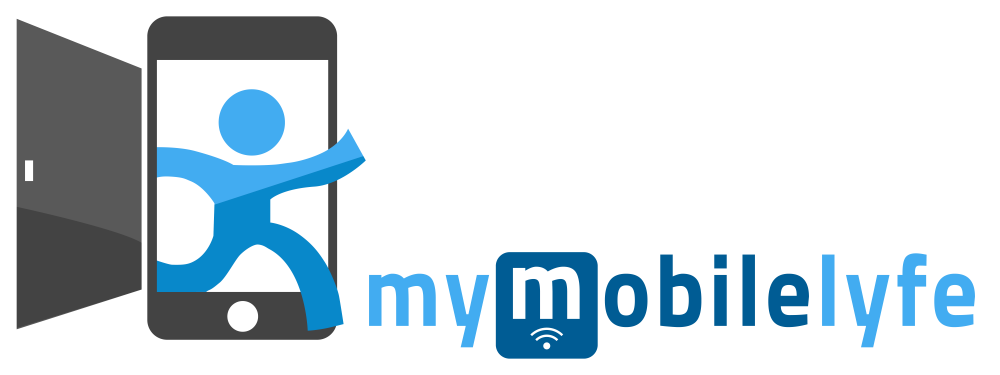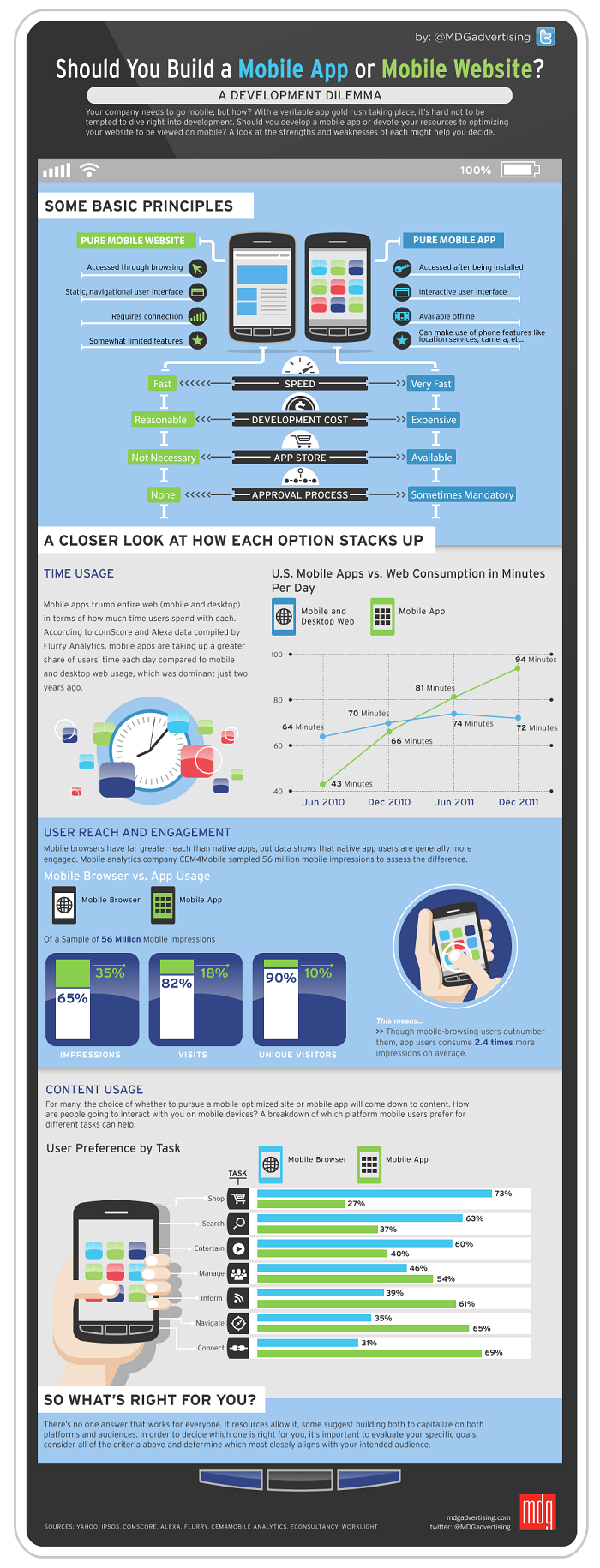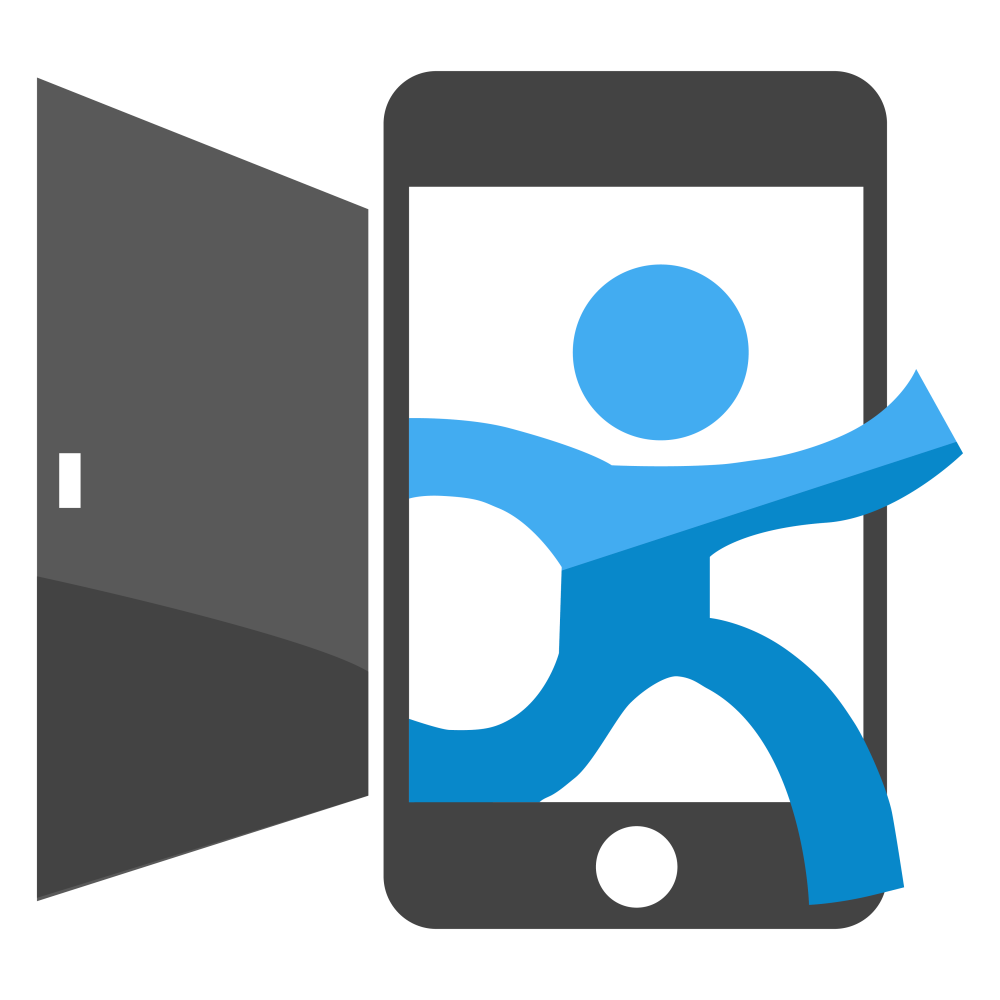Mobile content is for people who are on move. They have a means to find the best deals, the most affordable products, and the most convenient way to make their purchases. And they are willing to use this technology for this.
Archive for the
‘Smartphones’ Category
YouTube is telling its fans what’s coming next.
The video content platform announced a new initiative called Creator Preview, a rundown of what the company is working on for its followers. According to YouTube’s Creators blog, the company is responding to its followers’ top request in a survey, to let them know what YouTube is working on ahead of time. The followers, in turn, would tell YouTube if it is on the right track.
Among YouTube’s upcoming plans is the development of a separate content creation app for smartphones. The timing could not be more fortuitous; a new report says smartphones now account for more than 87 percent of total handset shipments, a new high.
Also coming from YouTube is a crowdfunding feature that allows fans to directly contribute to their favorite YouTube creators, and a feature to create captions and subtitles for video content in multiple languages.
The company says its Creator Preview will come out regularly.
Here’s what YouTube’s engineers are saying.
We are MyMobileLyfe and we can help your company develop a content marketing strategy to reach people on the go. Click here to contact us.
The severe weather season is underway, and with it comes the likelihood that you will have to take steps to protect yourself and your family in case of a tornado, hurricane or other serious weather event.
 Your smartphone can connect you to a source of emergency information that notifies you of severe weather events. It’s called the Wireless Emergency Alert, or WEA, and it is similar to the Emergency Alert System that broadcasters use.
Your smartphone can connect you to a source of emergency information that notifies you of severe weather events. It’s called the Wireless Emergency Alert, or WEA, and it is similar to the Emergency Alert System that broadcasters use.
The WEA is a cooperative effort between wireless service providers, the Federal Communications Commission and the Federal Emergency Management Agency. It delivers text message-like warnings to areas facing an imminent weather threat, such as tornadoes, floods, earthquakes, hurricanes, tsunamis and high winds.
A WEA-enabled phone will receive alerts based on your current location, rather than your home service area, if the phone is using a cell tower in the location you are in. These message often complement alerts issued by local agencies that are sent to your mobile device.
The WEA is also broadcast for child abduction incidents, called Amber Alerts, and for presidential bulletins regarding national emergencies. This service is offered for free by wireless carriers, and WEA messages do not count towards texting limits on your wireless plan.
WEA messages have been issued for the past two years. Most newer handsets, including smartphones, are capable of receiving these alerts. You may check with your service provider to see if your device is WEA capable.
We are MyMobileLyfe and we can help your company develop a content marketing strategy to reach people on the go. Click here to contact us.
Advertising traffic on mobile devices operating on Google’s Android platform has surpassed that on iOS for the first time.
 A new quarterly report from San Mateo, Calif.-based Opera Mediaworks on the state of mobile advertising puts Android as the overall smart device platform, with 42.8 percent of all traffic, compared to iOS’ 38.2 percent of traffic.
A new quarterly report from San Mateo, Calif.-based Opera Mediaworks on the state of mobile advertising puts Android as the overall smart device platform, with 42.8 percent of all traffic, compared to iOS’ 38.2 percent of traffic.
The report could be a factor for content marketing pros in their decisions on which device platform is best suited for their company’s efforts to reach the most customers.
Apple’s iOS remains the revenue leader, accounting for 52 percent of total ad traffic revenue. But Android is catching up, accounting for just over 33 percent of total revenue, up from 26.72 percent last year.
As Android-operating phones continue to improve, advertisers shifted from an almost exclusive preference for the iPhone market toward the much larger number of consumers who use mobile devices with Google’s operating system.
The result, according to Opera, is a substantial growth in ad traffic not only on Android devices, but tablets running on the system as well.
We are MyMobileLyfe and we can help your company develop a content marketing strategy to reach people on the go. Click here to contact us.
The results of a new Gallup poll is shedding light on how mobile technology substantially affects many aspects of our lives.
 For one, we’re in contact with friends and family more. Sixty-two percent of Americans polled say the use of smartphones and tablets has increased interpersonal communication a lot, with another 27 percent saying it has increased it a little.
For one, we’re in contact with friends and family more. Sixty-two percent of Americans polled say the use of smartphones and tablets has increased interpersonal communication a lot, with another 27 percent saying it has increased it a little.
We’re also working a bit more because of mobile devices. Gallup finds that two-thirds of U.S. workers say the amount of work they are doing outside of working hours has gone up a little.
The same cannot be said, however, about political activity. Even as candidates and elected officials pursue more effective ways to connect with voters and campaign contributors, more than half of those polled by Gallup say their involvement in political campaigns and similar activity has not increased because of mobile technology, although 17 percent say it has increased a lot.
Gallup polled 1,505 Americans 18 and older from March 21-23 to assess how mobile technology has affected their behavior in the personal, political and work areas.
The results are from a March 21-23 Gallup poll designed to assess how much mobile technology has affected Americans’ behavior in the personal, political, and work areas. The poll finds that seven in 10 Americans use either a smartphone or tablet.
The poll finds that mobile technology has increased Americans’ opportunities to stay in touch with each other. Those ages 30 to 49 are just as likely to use mobile devices more to communicate as adults 18 to 29. Americans older than 50, particularly those 65 and older, are less likely to be affected to a large degree.
It is likely, Gallup says, that mobile technology will foster even greater activity in the areas of communication, work and political activity in the future.
We are MyMobileLyfe and we can help your company develop a content marketing strategy to reach people on the go. Click here to contact us.
Why do people buy educational apps for their mobile devices?
For kids and their parents, educational apps offer fun and creative ways to learn. Apps like Sprout Games and Videos for the iPad and First Words with Phonics for Windows motivate kids to work on their reading, math and other classroom skills, often using a familiar character like Dr. Seuss’ The Cat in the Hat.
A study by global trade organization MEF finds that 17 percent of mobile device users worldwide download an educational app. In its recently released report analyzing regional and global trends for mobile education products and services, MEF finds that educational apps rank ninth among all app categories.
But learning is not the prime motivation for people downloading education apps. Many users see them as playful or fun; the MEF study finds that 47 percent of people who buy an app from an educational site cited the entertainment value.
You can read more about MEF’s study in the infographic below.
We are MyMobileLyfe and we can help your company develop a content marketing strategy to reach people on the go. Click here to contact us.
The “kill switch” technology that can remotely disable a stolen smartphone will soon be standard by the summer of 2015.
 A new initiative announced this week by the wireless trade group CTIA has the backing of phone manufacturers Apple, Google, Samsung, Microsoft and others, and wireless carriers including AT&T, Sprint, T-Mobile and Verizon.
A new initiative announced this week by the wireless trade group CTIA has the backing of phone manufacturers Apple, Google, Samsung, Microsoft and others, and wireless carriers including AT&T, Sprint, T-Mobile and Verizon.
Under the terms of the Smartphone Anti-Theft Voluntary Commitment, smartphones manufactured after July 2015 for sale in the United States will have the technology to render the phone inoperable if it is stolen, remotely wipe out all data, and prevent reactivation without the authorized user’s permission.
The technology would also allow the reversal of the smartphone’s inoperability and retrieval of data if it is recovered by the authorized user.
The technology will be offered at no cost to consumers.
As we have posted before, theft is a serious problem confronting owners of mobile devices. In major cities like New York and San Francisco, smartphone theft accounts for half of all robberies.
It is estimated that it costs consumers about $580 million a year to replace stolen smartphones and about $4.8 billion a year in premiums to insure the handsets. The idea is for the disabling technology to be an effective deterrent by making the smartphones worthless to thieves.
The pledge marks a reversal by wireless carriers, which had resisted pressure from state lawmakers to make the kill-switch technology mandatory.
California legislators earlier this year introduced a bill requiring the technology to be installed in smartphones, and Minnesota’s legislature is poised to adopt a similar bill. Federal lawmakers proposed legislation in the House as well.
The CTIA had also originally opposed making the technology mandatory, citing potential hacking and privacy risks that could affected entire groups of smartphone customers.
Says Steve Largent, president and CEO of the CTIA:
“We appreciate the commitment made by these companies to protect wireless users in the event their smartphones are lost or stolen. … At the same time, it’s important different technologies are available so that a ‘trap door’ isn’t created that could be exploited by hackers and criminals. By working together with policymakers, law enforcement and consumers, we will deter theft and protect users’ personal information on smartphones.”
More than a third of the workforce worldwide will be mobile by 2015, and among the tasks workers in the “bring your own device” environment will find themselves doing is printing.
They’re using smartphones and tablets to connect to wireless printers with increasing frequency. By 2015, 50 percent of smartphone users will use the devices for printing tasks, and 58 percent of tablet users will do the tasks,
This infographic by IDC explains this further.
As the population of consumers using mobile devices continues to rise, companies have decisions to make. Should they develop mobile device apps, or optimize their websites to be viewed on smartphones?
This infographic by Boca Raton, Fla.-based MDG Advertising helps break it down. Let us know what you think.
What makes good content marketing for a mobile device?
It informs the consumer, and engages them. It helps the consumer make decisions and connect with the brand. The content goes beyond advice on making a purchase or finding a store nearby. Over time, it builds customer loyalty.
Content Marketing Institute recently came up with five solid examples of retail content created for mobile devices. For those focusing on effective mobile content, these should be worth a look:
 Teavana’s mobile site (shown at left) is unique and informative content for fans of the specialty tea shop found in many shopping malls, offering tips from a tea blending tool to brewing instructions for the perfect pot.
Teavana’s mobile site (shown at left) is unique and informative content for fans of the specialty tea shop found in many shopping malls, offering tips from a tea blending tool to brewing instructions for the perfect pot.
An app created for Lowe’s stands out for its “My Lowe’s” feature that helps shoppers remember what they bought at the home improvement store before.
A user-friendly Domino’s Tracker shows what stage a customer’s pizza order is in, whether it is still in the oven or is on its way to being delivered in 30 minutes or less.
Best Buy’s mobile app features content that helps educate consumers as they make their in-store decisions, like a scanner that they can use in the store to compare product features and check out reviews.
 The MyWendy’s app (shown at left) has content geared toward the calorie conscious. Customers can set the calorie range for their meal, and they can view a list of items they can choose from to help them stick to their goal. The customer can save a customized meal that displays on the app what each item looks like, as well as the nutritional information.
The MyWendy’s app (shown at left) has content geared toward the calorie conscious. Customers can set the calorie range for their meal, and they can view a list of items they can choose from to help them stick to their goal. The customer can save a customized meal that displays on the app what each item looks like, as well as the nutritional information.
These five apps have common content characteristics: They engage and inform the customer and give them a reason to stay interested in the brand. For content marketing creators, that is the goal.







Recent Comments